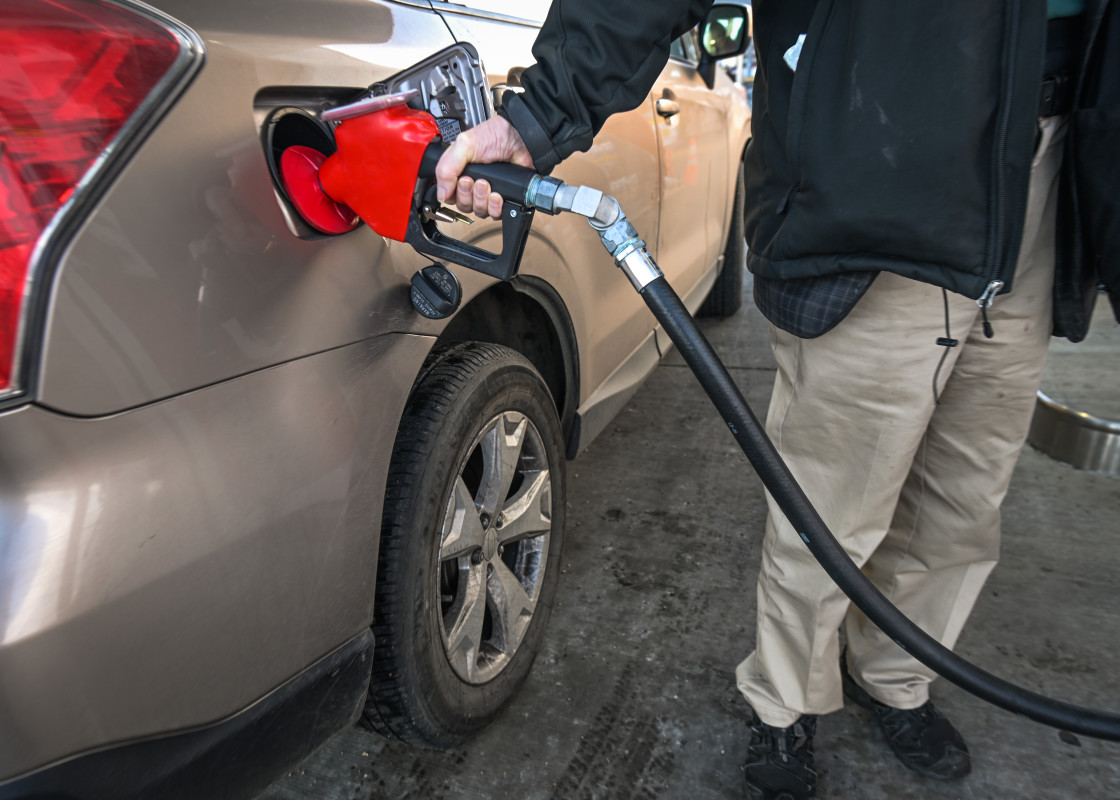
If you think it's a teeny bit cheaper to fill your gas tank these days, you're probably right.
Crude oil is cheaper. More important, so are the fuels that earn oil refiners most of their profits: diesel and jet fuel.
And you're getting the benefit of the downward price pressure at the gas pump.
AAA put the national average price of regular gasoline at $3.536 a gallon on Sunday, down from $3.544 on Saturday and off 3.9% from this year's high average price of $3.679 a gallon recorded on April 19.
The prices range from just above $3 a gallon in Mississippi to a high of $5.05 a gallon in California.
And every day since May 29 the national average has been running just below the levels recorded at the same time in 2023, according to AAA data.
Prices are falling because:
Too much jet fuel and diesel in global markets. You can see this in jet-fuel futures pricing. On Friday, it was down more than 13% to $2.3842 a gallon from a peak of $2.7534 reached in early April.
It's getting to be too darn hot now in places with long, very hot summers. These include the Middle East and South Asia. So, people there are driving less.
Temperatures in New Delhi, India, in fact, are forecast to hit highs above 107 degrees Fahrenheit (41.7 C.) for the next eight days. Last week saw temperatures in the Indian capital reach 120 degrees F. (48.9 C.), maybe higher.
Because of the big supplies available, U.S. drivers may see prices fall a bit more in the weeks ahead.
This would occur despite the decision of the OPEC+ nations to limit exports and despite the hot summer weather in the U.S.
More on energy
- Goldman Sachs unveils new crude oil market outlook
- Bonds are freaking out about inflation
- What Can We Expect From OPEC in the Second Half of the Year?
Lower prices, already weighing on energy shares, may exert more price pressure. The Energy Select Sector SPDR ETF (XLE) was off 0.3% in May and off 0.9% in April. It is still up 11.2% for the year.
Chevron (COP) may be up 8.8%, but it was up just 2.2% in April and only 0.6% in May. ConocoPhillips (COP) dropped 7% in May after a 1.3% loss in April. It's up just 0.4% for the year.
Pressure on prices may also produce more oil mergers.

Look for a price bump in late summer
This situation will reverse with gasoline prices moving higher in August and September, as they did last year, according to Tom Kloza, global head of energy analysis at Oil Price Information Service.
That's due to the prime of the summer driving season in Europe and North America.
Also, summer heat will spread more broadly across Middle Eastern and Asian countries. And they will be using far more oil than now just to power cooling systems.
Related: Veteran fund manager picks favorite stocks for 2024







